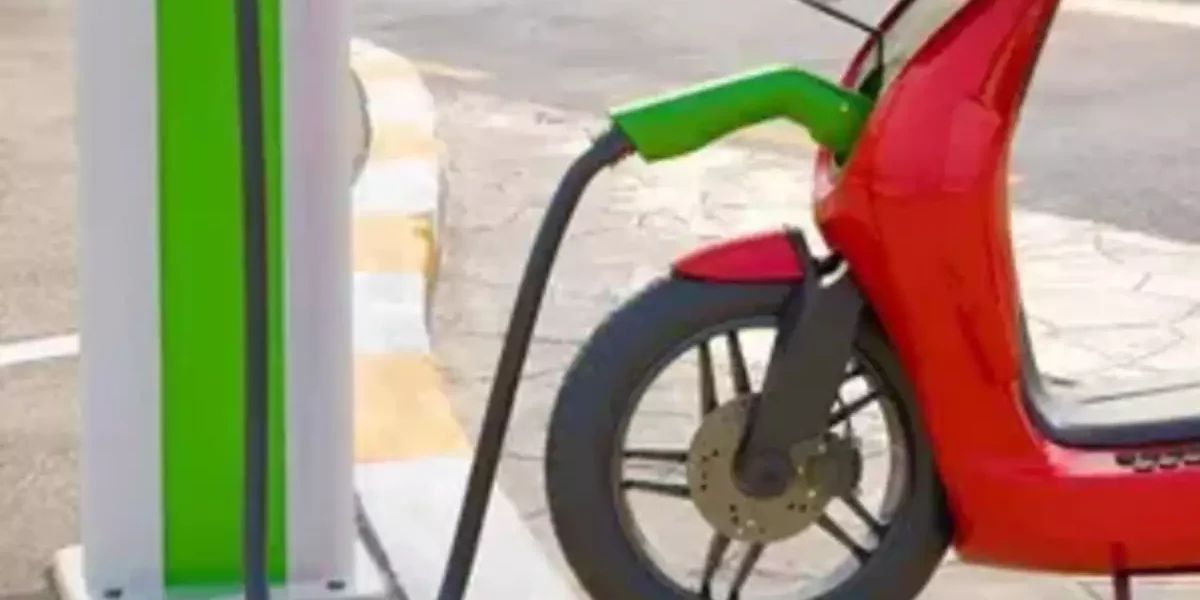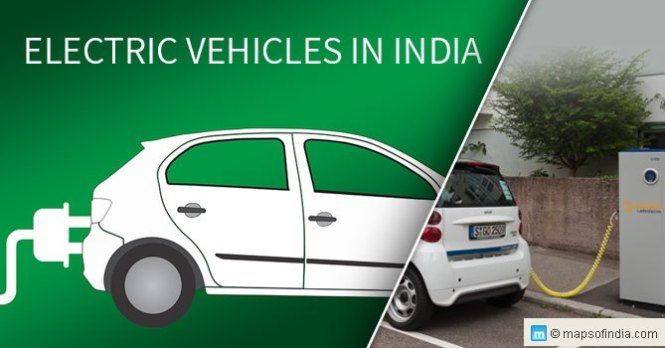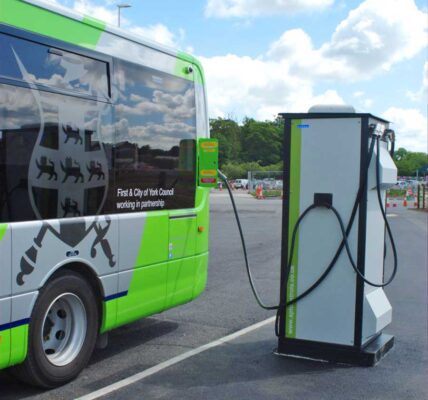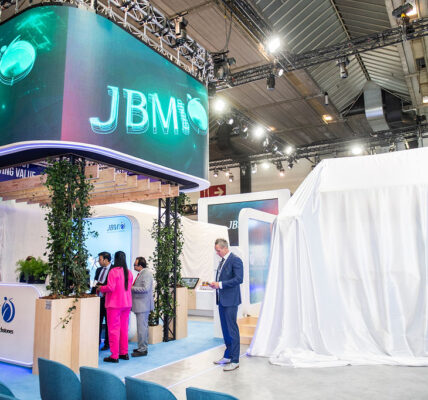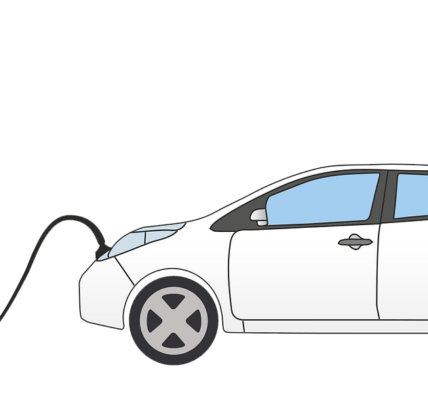This initiative, part of a broader strategy to enhance port infrastructure and reduce carbon emissions, is important for India’s growing electric vehicle market.
The government has allocated ₹2,000 crore towards installation of EV charging stations across the country.
New Delhi: The union heavy industries ministry has consulted the ministry of ports, shipping, and waterways to determine locations across ports for installing electric vehicle (EV) charging stations, according to two officials aware of the development.
These EV charging stations will be installed on ports as a part of the ongoing ₹10,900-crore PM E-drive scheme, the officials said.
Email queries to the ministry of heavy industries and the ministry of ports, shipping, and waterways were unanswered till press time.
The government has allocated a massive corpus of ₹2,000 crore towards installation of EV charging stations across the country to ensure charging connectivity for India’s rapidly growing electric vehicle market.
Two kinds of vehicles are likely to need EV charging stations on ports as electrification of mobility takes its course in the country—ground operations in ports, and cargo and commercial vehicles such as trucks.
The government, under the PM E-drive scheme, has allocated ₹500 crore towards subsidizing electric trucks for operators, identifying it as a sunrise sector when the scheme was announced in October 2024.
Trucks are used in every part of the port ecosystem, and once electrified, will need charging infrastructure readily available in ports. They bring in cargo to the port premises, which is then offloaded using forklifts, and moved around inside the port using tugs.
After adequate charging infra These port operations can be electrified once adequate charging infrastructure is present.
Just 6.9% of electric vehicles registered in the region in February were made by Chinese companies, based on data from automotive researcher Dataforce. That’s well below January’s 7.8% and the lowest since February 2023.
Carmakers led by BYD Co. and SAIC Motor Corp.’s MG have been working to build the region into an export stronghold, but hit a wall when the European Union imposed tariffs on Chinese-made EVs last year. The trade barrier has caused a leveling-off of Chinese market share after years of rapid growth.
While individual brands including BYD and Xpeng grew strongly in Europe last month, the Chinese industry’s overall result in the region represents a step backward. The EV market jumped 26% in February, according to data this week from the European Automobile Manufacturers’ Association.
The EU duties are part of a global upswing in protectionism. US President Donald Trump this week moved to slap a 25% tariff on imported cars and key parts, threatening Canada and the EU with further measures. The US had already imposed steep tariffs on Chinese EVs.
China, for its part, hit EU brandy with an anti-dumping tax and launched probes into dairy and pork products. It has also imposed added tariffs on some US agricultural imports.
In Europe, electric-car demand has been stimulated this year by manufacturer incentives aimed at meeting regulatory EV sales targets, as well as the introduction of new models, particularly VW’s ID.7, Renault SA’s R5 and Kia Corp.’s EV3, said Julian Litzinger, an analyst with Dataforce.
Chinese carmakers, he said, have been held back by the new duties, which can reach as high as 45% including existing import fees.
Consumer backlash against Tesla Inc. represented another lost opportunity for Chinese brands. Tesla’s European sales have plummeted in response to Chief Executive Officer Elon Musk’s unwelcome intrusion into German politics.
That provided an opening for others to take up some sales left up for grabs, but for the most part, Chinese manufacturers failed to capitalize.
“The conventional brands have soaked up the volume from Tesla,” Litzinger said. “We see a clear effect from the tariffs” on Chinese automakers.
BYD has been less affected than MG, the former British sports-car maker whose state-owned parent SAIC was hit by the EU’s highest tariffs at 45.3% in total. BYD’s EU tariff is 27%, including the standard 10% import levy. Non-Chinese companies including Tesla and BMW AG that import cars made in China are also subject to the added duties.
Over the past year, China’s largest producer of electric cars has cemented its position atop the pack in Europe, while MG has borne the biggest part of the setback.
BYD EV registrations across Europe, the UK and EFTA countries nearly doubled to 4,436 cars in February from a year earlier, based on data from Jato Dynamics, which tracks vehicle sales.
One key reason for BYD’s success has been its wide lineup covering the mainstream and premium segments, said Felipe Munoz, senior analyst at Jato.
“This explains why it has been able to increase its volumes in both the wealthier northern Europe and less-wealthy south,” Munoz said.
BYD is rolling out the affordable and popular Atto 2 compact sport utility vehicle across Europe, giving the region another fresh model.
In aggregate, Chinese brands outsold Tesla in European markets including Germany and Italy in February, Munoz said. That may be partly due to the US carmaker’s aging lineup.
“We should wait some months until the updated Model Y is fully available across the region to better understand the situation,” he said.


